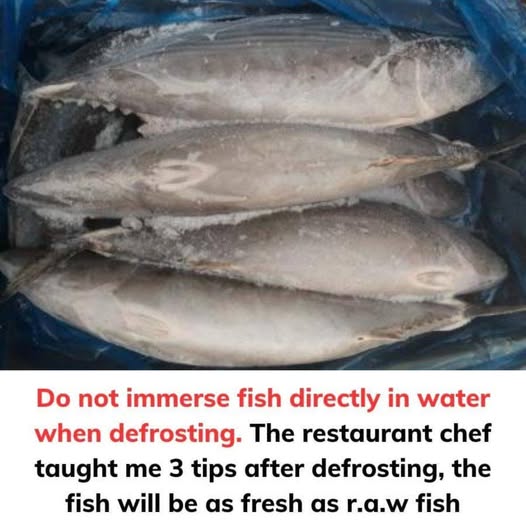ADVERTISEMENT
directly. This will prevent any direct contact with the water, which could affect its texture and nutrient content.
2. Vacuum Sealing to Lock in Freshness
Vacuum sealing is another game-changing technique for preserving fish. It removes all the air around the fish, preventing oxidation and slowing down the growth of bacteria that can cause spoilage. Here’s how you can vacuum seal your fish to preserve its nutrients:
- Prepare the Fish: Before sealing, make sure the fish is cleaned and properly portioned.
- Use a Vacuum Sealer: Place the fish in a vacuum-seal bag, ensuring that there’s no excess air in the bag. If you don’t have a vacuum sealer, you can use a Ziploc bag and the water displacement method (submerging the bag in water to push out air before sealing).
- Freeze for Long-Term Storage: Vacuum-sealed fish can be stored in the freezer for several months without sacrificing much of its taste, texture, or nutrients. Freezing locks in the freshness, so when you’re ready to cook, simply thaw the fish in the refrigerator overnight for optimal results.
3. Other Tips for Storing Fish
While ice and vacuum sealing are the most effective ways to preserve fish, here are a few additional tips that will help you extend its shelf life:
- Don’t Store for Too Long: Even with proper storage, fish should be consumed within a few days if kept in the refrigerator, or a few months if frozen. It’s best to consume fish as fresh as possible for the best taste and nutrient content.
- Avoid Storing Fish with Strong-Smelling Foods: Fish can easily absorb odors from other foods in your refrigerator. To avoid any cross-contamination of smells, store fish separately from foods like onions, garlic, or strong-smelling cheeses.
- Use an Air-Tight Container for Leftovers: If you have leftover fish, make sure to store it in an air-tight container to avoid exposure to oxygen and moisture, which could lead to spoilage. Keep it refrigerated and consume it within 24 hours.
Why This Method Works
The combination of keeping fish on ice and vacuum sealing locks in moisture, reduces bacterial growth, and prevents the loss of important nutrients. By removing air and keeping the fish cool, you slow down the oxidation process, which is what leads to the breakdown of delicate vitamins like A and D. Additionally, this method ensures that your fish stays fresh and retains its natural flavor and texture, giving you the most satisfying and nutrient-packed meal possible.
Conclusion
If you’re a fan of fresh fish, using ice and vacuum sealing are the best ways to preserve its freshness and nutritional content. Whether you’re storing your fish for a few days or weeks, following this tip will ensure that your fish remains as nutritious, tasty, and tender as possible. The next time you buy or catch fish, don’t forget to put this simple yet effective method into practice for the freshest results!
